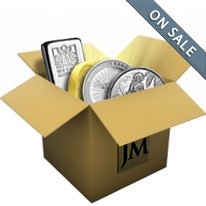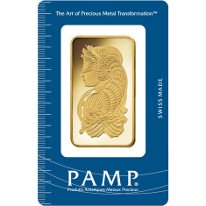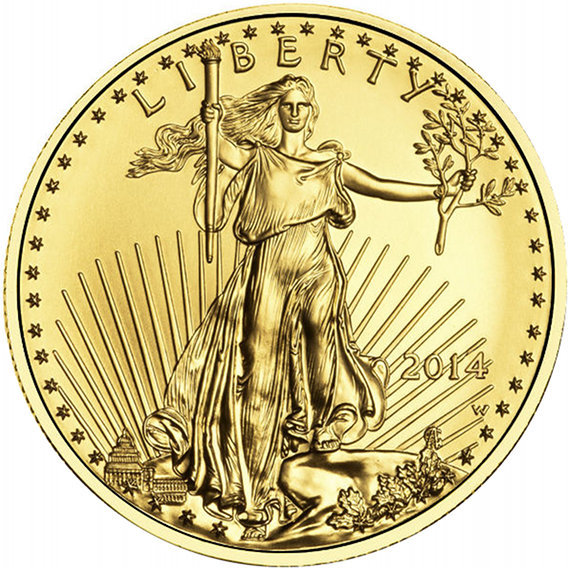Free Gold Price Widget For Your Website
This feature is only supported in the desktop browsers. Please visit this page in your desktop browser to retrieve the widget.
Share live gold prices with your website followers or on your blog, using our free gold price widget. To get started, please select one of the size dimensions from the drop-down menu below, and copy the code from the Widget Code text box and paste it into the desired position in your page. If you have any trouble, please contact us at support@jmbullion.com.
Widget Preview
Widget Code
Gold Prices in Israeli Shekels
The price of gold is often quoted in U.S. Dollars per ounce, but the metal may be transacted in any currency. If you are in Israel, for example, you would likely see the price of gold quoted per ounce, gram and kilo in the local currency. The price of gold in any currency can be derived from U.S. Dollars by simply applying the current exchange rate.
The Israeli Shekel is the official currency of Israel, and it is also used in the Palestinian territories of the West Bank and the Gaza Strip. The new shekel was introduced in 1986, when it replaced the previous hyper inflated currency. Like many other currencies, the shekel can be divided into 100 smaller currency units known as agora. Shekels are issued by the Bank of Israel.
The shekel gets its name from the ancient biblical currency of the same name. In ancient Israel, a shekel referred to a unit of weight or currency.
Gold Pricing in Israeli Shekels
The price of gold in Israeli Shekels is constantly moving. The gold market can be influenced by a number of potential factors all over the globe. Some of the major factors that can affect the price of gold include:
- Investment demand
- ‘Central bank buying or selling
- Currency markets
- Inflation
- Geopolitics
- Risk appetite or aversion
Gold is traded all over the globe, and is effectively the same price on a per-unit basis. If you are buying or selling gold in Israel or in the region, you would likely see gold prices quoted per ounce, gram and kilo in shekels. It may also be quoted in other currencies such as U.S. Dollars or euros.
A stronger shekel can potentially make gold relatively less expensive while a weaker shekel can potentially make the price of gold relatively more expensive.
The Israeli Coins and Medals Corporation
The Israeli Coins and Medals Corporation was established in 1958 by Israeli Prime Minister Ben Gurion. The mint was established with the intention of producing products to commemorate events of historical significance to the State of Israel. The mint also produced products celebrating the nation’s achievements in the arts and sciences.
The mint was wholly owned by the Government of Israel until 2008, at which time it was privatized.
The ICMC is involved in several different activities. The company is the only distributor of collector coins issued by the Bank of Israel. It is also responsible for production and issuance of state medals, and produced metals for other organizations as well. These medals are struck in various metals, including gold, silver, bronze and other base metals.
The company also sells Israeli art, and produces and sells fine gold and silver jewelry. ICMC also works with the Israeli Antiquities Authority to produce replicas and ancient artifacts that have been excavated in Israeli.
ICMC has the ability to refine gold to 999.9 percent purity for investment and gift purposes.
The Holy Land Mint produces various gold bars of varying weights and designs. A wide range of weights is available, from 1 gram gold bars to 1 kilo gold bars.
The mint also produces Israeli gold bullion coins. Coins are struck featuring various designs and are minted with 999.9 percent pure gold.
The Israeli economy is advanced, and its citizens enjoy a high standard of living comparable to Western European countries. Israel is heavily involved in technology, and also in diamond cutting and polishing.
With little in the way of natural resources, the country relies on imports for key needs such as energy.
Israel has a well-educated population that has allowed it to advance rapidly in the technology arena, and the nation has attracted significant amounts of foreign investment and venture capital.
Further growth in the Israeli economy could potentially fuel demand for gold. Gold has a long history and reputation as a reliable store of wealth and value and can potentially offer investors a further degree of portfolio diversification. These characteristics may make the yellow metal more attractive to both nation central banks and individual investors.
World Gold Prices
- Arab Emirates Gold Price
- Australia Gold Price
- Brazil Gold Price
- Canada Gold Price
- Chile Gold Price
- China Gold Price
- Czech Republic Gold Price
- Denmark Gold Price
- Europe Gold Price
- Hong Kong Gold Price
- Hungary Gold Price
- India Gold Price
- Indonesia Gold Price
- Israel Gold Price
- Japan Gold Price
- Malaysia Gold Price
- Mexico Gold Price
- New Zealand Gold Price
- Norway Gold Price
- Pakistan Gold Price
- Philippines Gold Price
- Poland Gold Price
- Russia Gold Price
- Singapore Gold Price
- South Africa Gold Price
- South Korea Gold Price
- Sweden Gold Price
- Switzerland Gold Price
- Taiwan Gold Price
- Thailand Gold Price
- Turkey Gold Price
- United Kingdom Gold Price
- United States Gold Price










